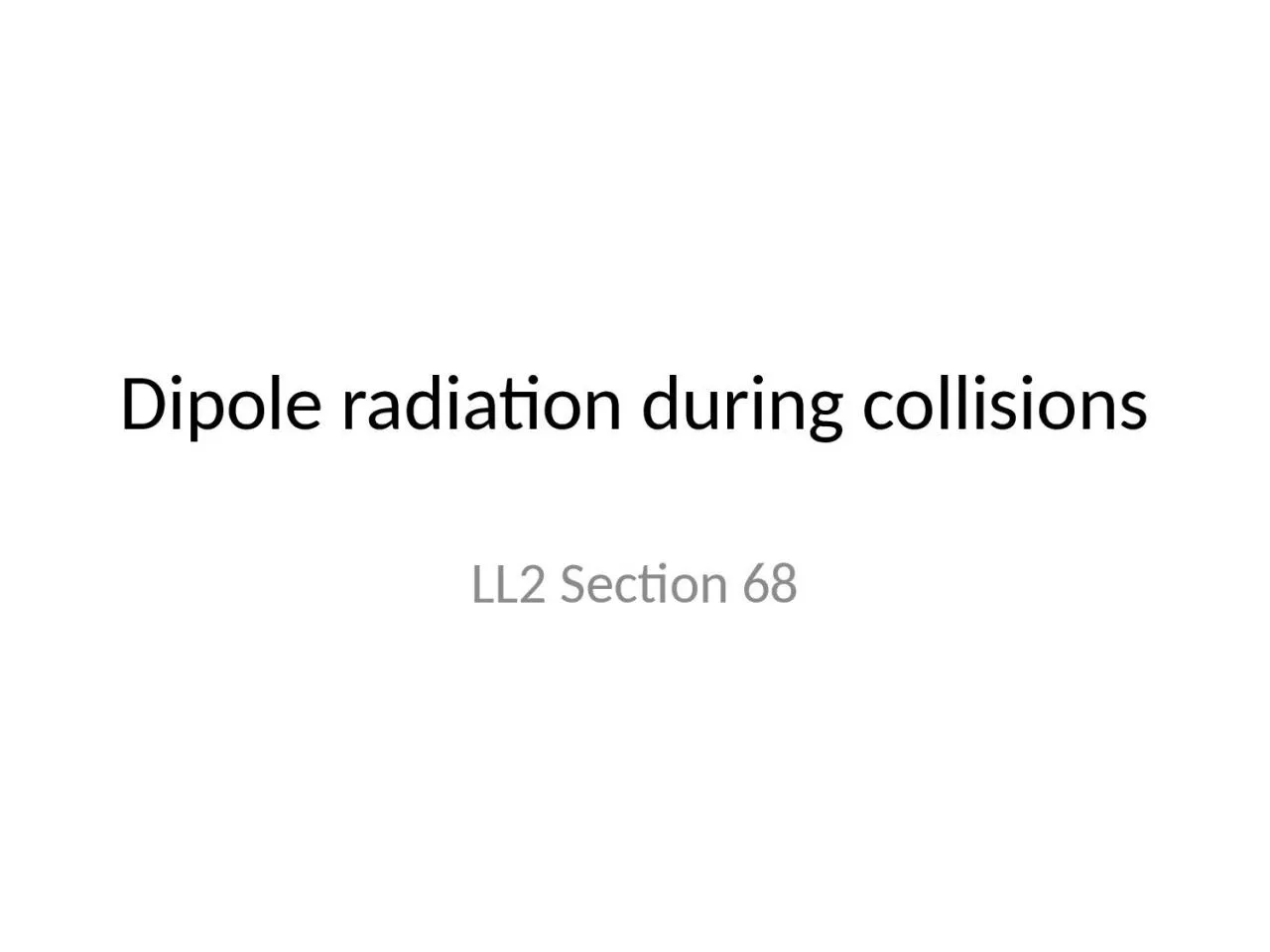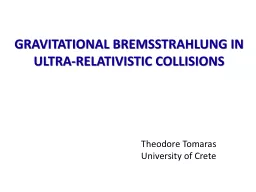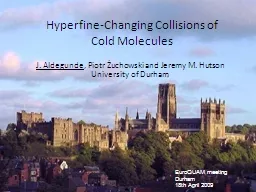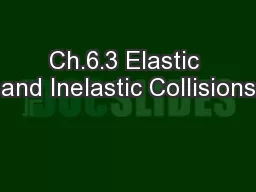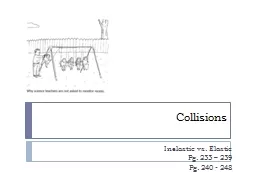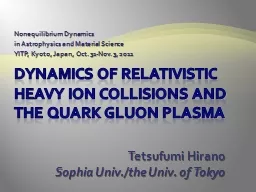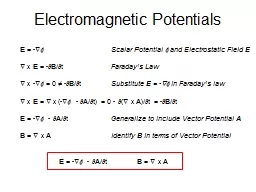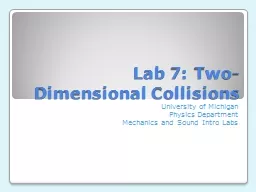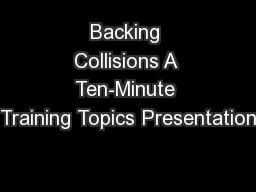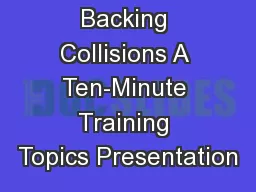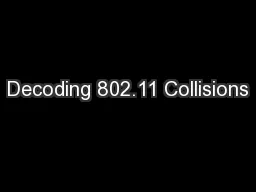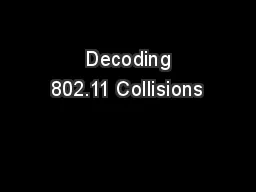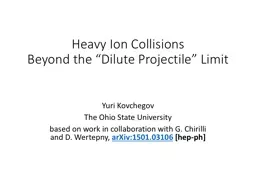PPT-Dipole radiation during collisions
Author : naomi | Published Date : 2023-11-11
LL2 Section 68 What is the total radiation per unit current density of particles in a beam that scatter from a scattering center For unit current density 1 particle
Presentation Embed Code
Download Presentation
Download Presentation The PPT/PDF document "Dipole radiation during collisions" is the property of its rightful owner. Permission is granted to download and print the materials on this website for personal, non-commercial use only, and to display it on your personal computer provided you do not modify the materials and that you retain all copyright notices contained in the materials. By downloading content from our website, you accept the terms of this agreement.
Dipole radiation during collisions: Transcript
Download Rules Of Document
"Dipole radiation during collisions"The content belongs to its owner. You may download and print it for personal use, without modification, and keep all copyright notices. By downloading, you agree to these terms.
Related Documents

